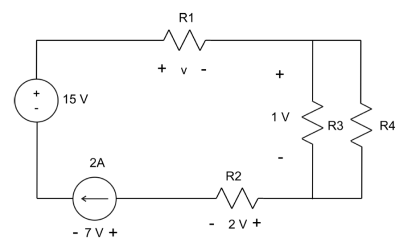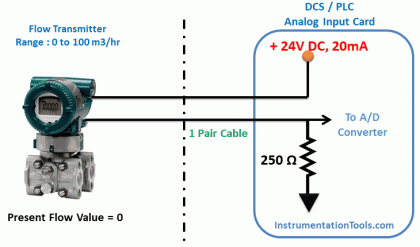The increasing use of digital displays in calculators, watches, and all forms of instrumentation has contributed to the current extensive interest in structures that will emit light when properly biased. The two types in common use today to perform this function are the light-emitting diode (LED) and the liquid-crystal display (LCD).
As the name implies, the light-emitting diode (LED) is a diode that will give off visible light when it is energized. In any forward-biased p-n junction there is, within the structure and primarily close to the junction, a recombination of holes and electrons. This recombination requires that the energy possessed by the unbound free electron be transferred to another state. In all semiconductor p-n junctions some of this energy will be given off as heat and some in the form of photons. In silicon and germanium the greater percentage is given up in the form of heat and the emitted light is insignificant. In other materials, such as gallium arsenide phosphide (GaAsP) or gallium phosphide (GaP), the number of photons of light energy emitted is sufficient to create a very visible light source.
The process of giving off light by applying an electrical source of energy is called electroluminescence.
As shown in Fig. 1.54 with its graphic symbol, the conducting surface connected to the p-material is much smaller, to permit the emergence of the maximum number of photons of light energy. Note in the figure that the recombination of the injected carriers due to the forward-biased junction results in emitted light at the site of recombination. There may, of course, be some absorption of the packages of photon energy in the structure itself, but a very large percentage are able to leave, as shown in the figure.

The appearance and characteristics of a subminiature high-efficiency solid-state lamp manufactured by Hewlett-Packard appears in Fig. 1.55. Note in Fig. 1.55b that the peak forward current is 60 mA, with 20 mA the typical average forward current. The test conditions listed in Fig. 1.55c, however, are for a forward current of 10 mA. The level of VD under forward-bias conditions is listed as VF and extends from 2.2 to 3 V. In other words, one can expect a typical operating current of about 10 mA at 2.5 V for good light emission.
Two quantities yet undefined appear under the heading Electrical/Optical Characteristics at TA 25°C. They are the axial luminous intensity (IV) and the luminous efficacy (v). Light intensity is measured in candela. One candela emits a light flux of 4π lumens and establishes an illumination of 1 footcandle on a 1-ft2 area 1 ft from the light source. Even though this description may not provide a clear understanding of the candela as a unit of measure, its level can certainly be compared between similar devices. The term efficacy is, by definition, a measure of the ability of a device to produce a desired effect. For the LED this is the ratio of the number of lumens generated per applied watt of electrical energy. The relative efficiency is defined by the luminous intensity per unit current, as shown in Fig. 1.55g. The relative intensity of each color versus wavelength appears in Fig. 1.55d.
Since the LED is a p-n junction device, it will have a forward-biased characteristic (Fig. 1.55e) similar to the diode response curves. Note the almost linear increase in relative luminous intensity with forward current (Fig. 1.55f). Figure 1.55h reveals that the longer the pulse duration at a particular frequency, the lower the permitted peak current (after you pass the break value of tp). Figure 1.55i simply reveals that the intensity is greater at 0° (or head on) and the least at 90° (when you view the device from the side).



LED displays are available today in many different sizes and shapes. The lightemitting region is available in lengths from 0.1 to 1 in. Numbers can be created by segments such as shown in Fig. 1.56. By applying a forward bias to the proper p-type material segment, any number from 0 to 9 can be displayed.

There are also two-lead LED lamps that contain two LEDs, so that a reversal in biasing will change the color from green to red, or vice versa. LEDs are presently available in red, green, yellow, orange, and white, and white with blue soon to be commercially available. In general, LEDs operate at voltage levels from 1.7 to 3.3 V, which makes them completely compatible with solid-state circuits. They have a fast response time (nanoseconds) and offer good contrast ratios for visibility. The power requirement is typically from 10 to 150 mW with a lifetime of 100,000
hours. Their semiconductor construction adds a significant ruggedness factor.





